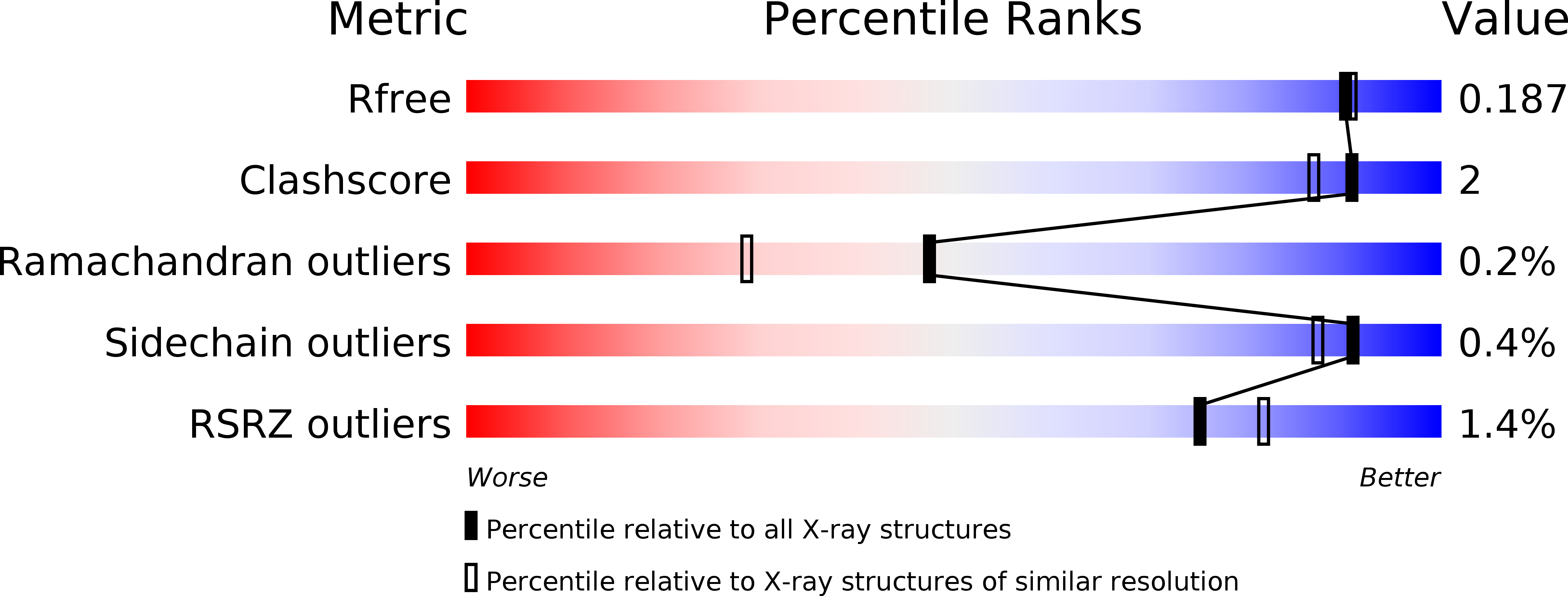
Deposition Date
2014-05-09
Release Date
2014-12-03
Last Version Date
2024-11-13
Entry Detail
PDB ID:
4PIM
Keywords:
Title:
Ergothioneine-biosynthetic methyltransferase EgtD, apo form
Biological Source:
Source Organism:
Mycobacterium smegmatis (Taxon ID: 1772)
Host Organism:
Method Details:
Experimental Method:
Resolution:
1.75 Å
R-Value Free:
0.18
R-Value Work:
0.15
R-Value Observed:
0.15
Space Group:
P 21 21 21


